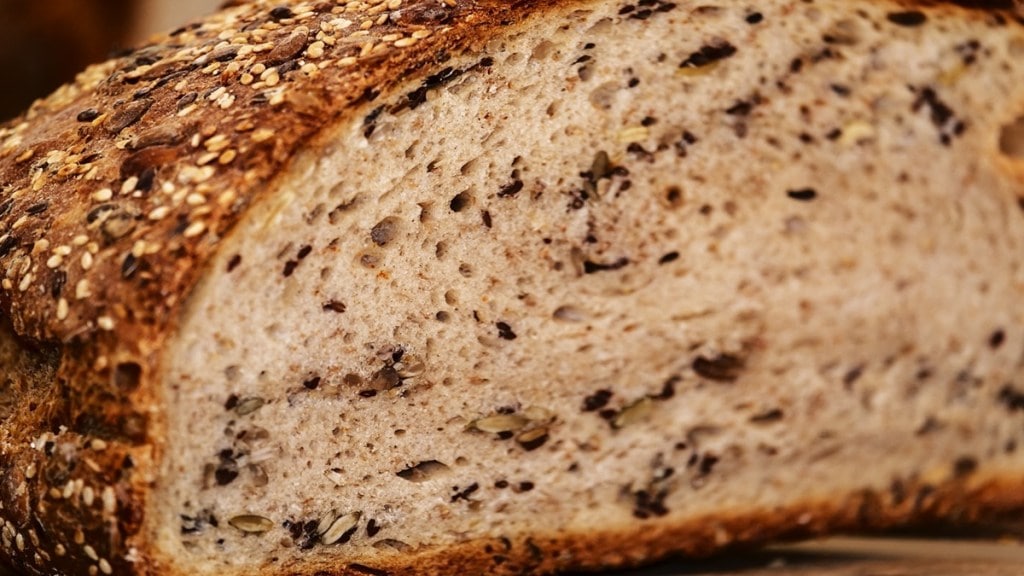A wide variety of options are available for breads now. Some will say buy wholemeal bread and others will say buy wholegrain bread as it is healthy. Wholemeal, wholewheat and wholegrain bread are all considered wholegrains.
According to British Heart Foundation, wholegrains are an important part of a healthy diet and you should be eating more of them. But should you eat wholemeal bread or wholegrain bread? Let’s find out.
What is wholemeal bread?
According to Australian and New Zealand food standards, wholemeal bread is made from flour containing all parts of the original grain (endosperm, germ and bran) in their original proportions.
A wholemeal bread s typically darker in colour and slightly more brown than white bread.
What is wholegrain bread?
Australian and New Zealand food standards define wholegrain bread as something that contains either the intact grain (for instance, visible grains) or is made from processed grains (flour) where all the parts of the grain are present in their original proportions.
A wholemeal bread is a type of wholegrain bread.
Wholemeal bread vs wholegrain bread: Which one is healthier?
A report by Science Alert reveals that both wholemeal and wholegrain breads are rich in beneficial compounds including nutrients and fibre. Several studies also highlight that eating wholegrains helps reduce the risk of common chronic diseases, such as heart disease.
Wholegrain bread is slightly higher in fiber, protein, niacin (vitamin B3), iron, zinc, phosphorus and magnesium than wholemeal bread. But wholegrain bread is lower in carbohydrates, thiamin (vitamin B1) and folate (vitamin B9).

